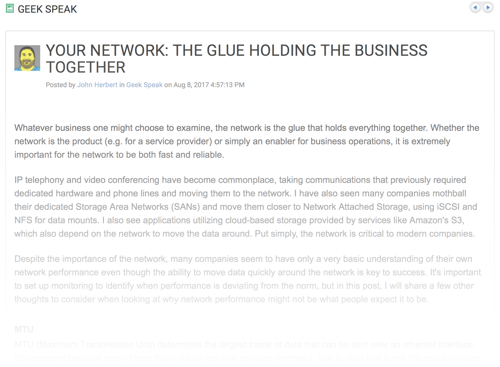Last week was a proud and memorable moment for us at the Internet Society as we celebrated our 25th anniversary in Los Angeles. In addition to the well-known Internet Hall of Fame award ceremony and the annual InterCommunity 2017 event, this year’s event also had a dialogue on topics from the 2017 Internet Society Global Internet Report: Paths to Our Digital Future and introduced the 25 under 25 award ceremony, which celebrated inspiring and remarkable ideas and projects that young and motivated entrepreneurs in the Internet space have initiated.
I was equally, however, touched by the strong drive and energy in the Internet Society leadership and staff, whose efforts and attention to detail have been clearly visible throughout the two-day event. The joyful spirit demonstrated by the Internet Society team at the Brussels interactive node helped ensure that the 15-hour InterCommunity 2017 marathon covering 16 interactive regional nodes was truly a global conversation. Using the Internet to connect those nodes demonstrated one practical application of the Internet to run a global event with precision and high productivity. Furthermore, the positive mood at Brussels appeared to be quite contagious as reflected by the celebrations that took place in at least another 55 Continue reading
 “We want to be a data company,” Russell Senesac said.
“We want to be a data company,” Russell Senesac said. Telia plans to launch commercial 5G in 2018 in Tallinn and Stockholm.
Telia plans to launch commercial 5G in 2018 in Tallinn and Stockholm. Google Cloud acquires Bitium; Cisco completes acquisition of Springpath; AWS plans to open a new infrastructure region.
Google Cloud acquires Bitium; Cisco completes acquisition of Springpath; AWS plans to open a new infrastructure region.
 The platform can move legacy applications to the cloud.
The platform can move legacy applications to the cloud. The initial platform support is tied to AWS Lambda, but Azure Functions is on the schedule.
The initial platform support is tied to AWS Lambda, but Azure Functions is on the schedule.

